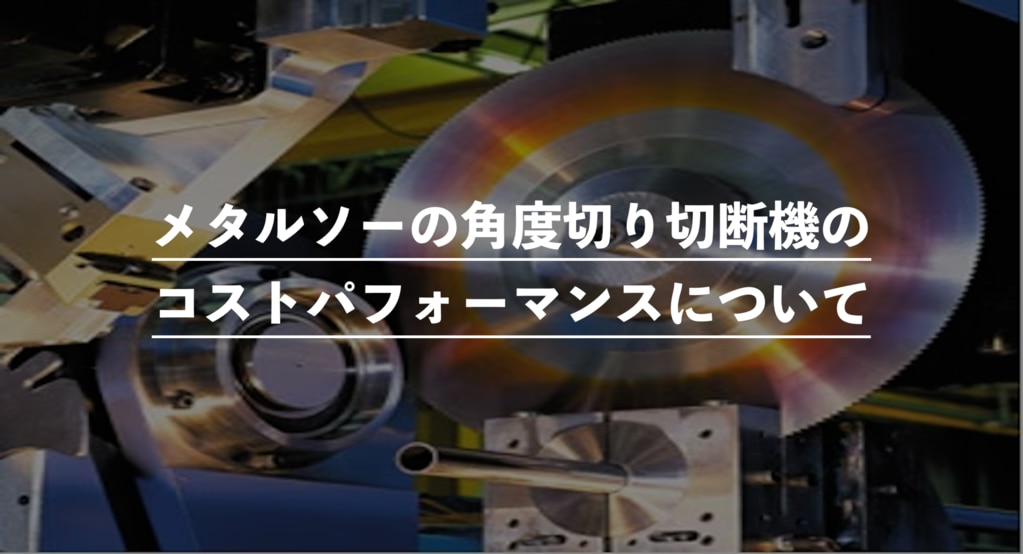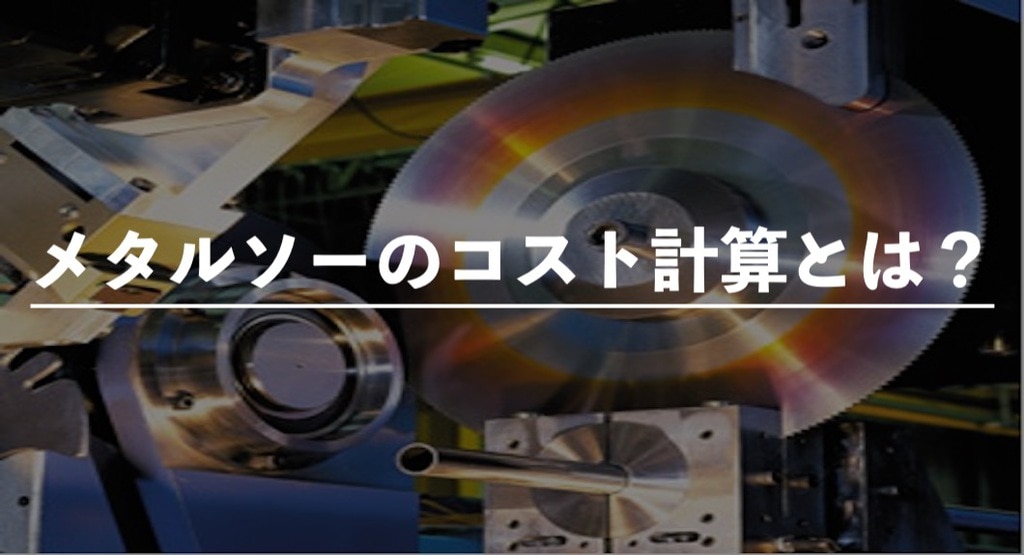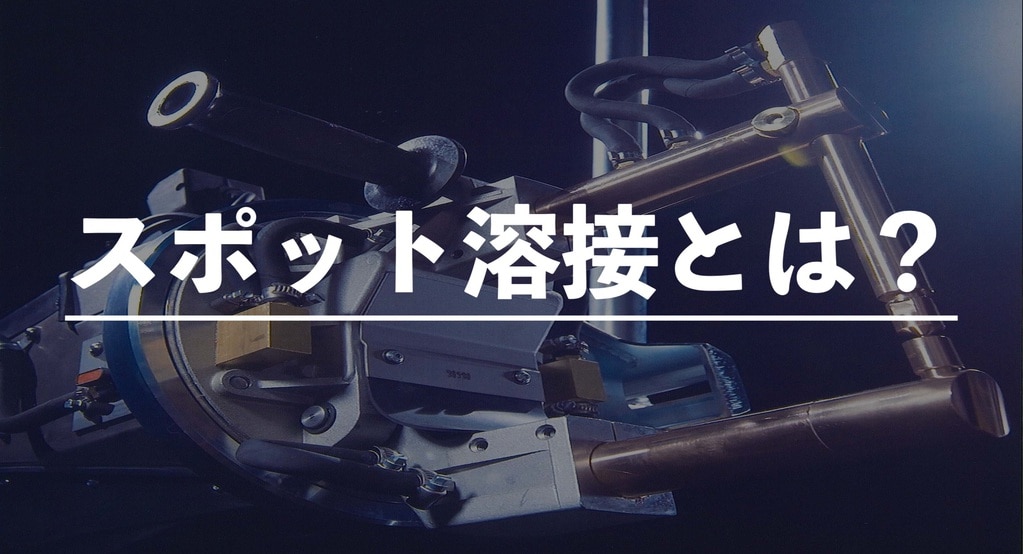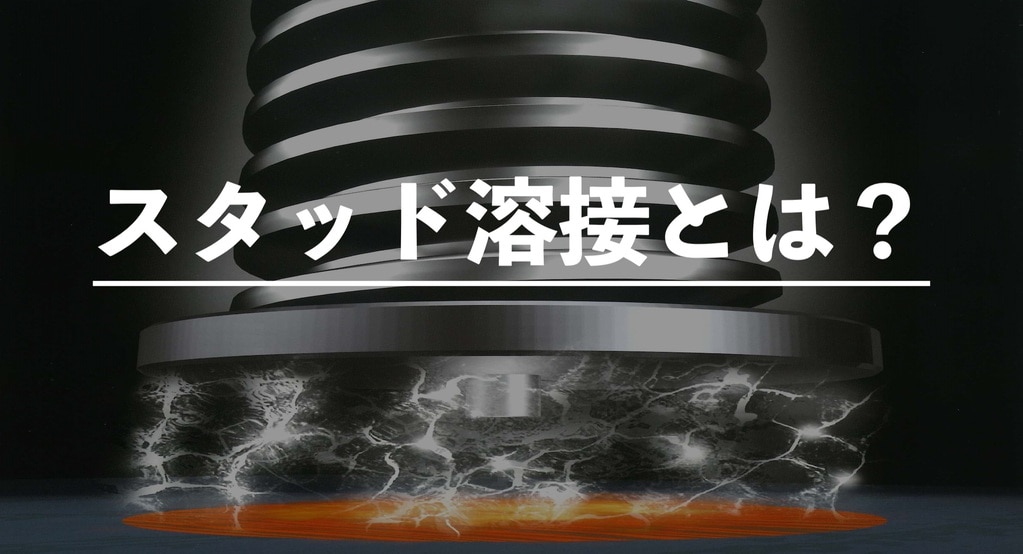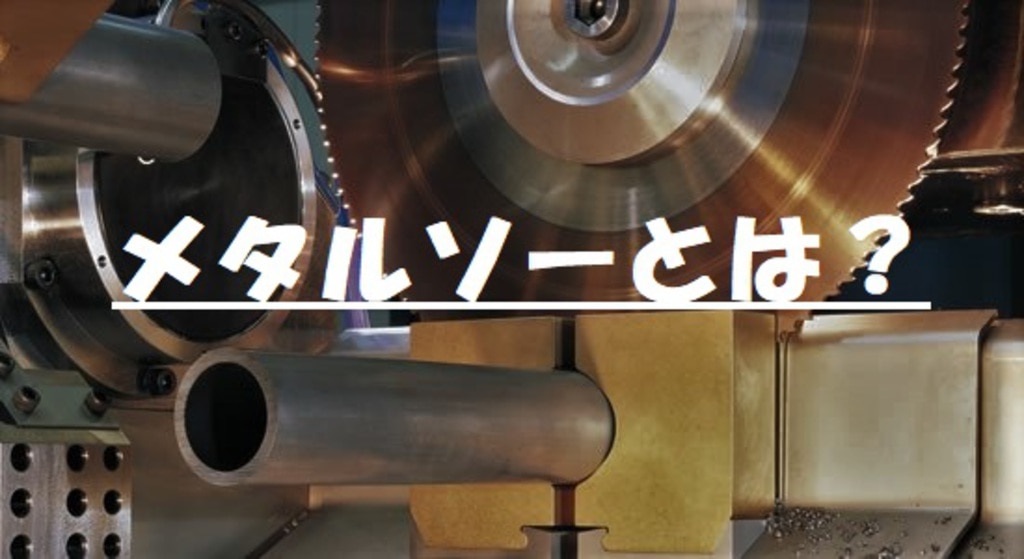Explaining the cost-effectiveness of metal saw blade miter cutting cutting machines!
In recent years, various machines have been developed in the industrial field, and new technologies have been introduced to improve work efficiency. Among them, there are several types of cutting machines, but in this article we will explain the difference between miter cutting cutting machines and straight cutting cutting machines of metal saw blade and their cost performance.
View article
